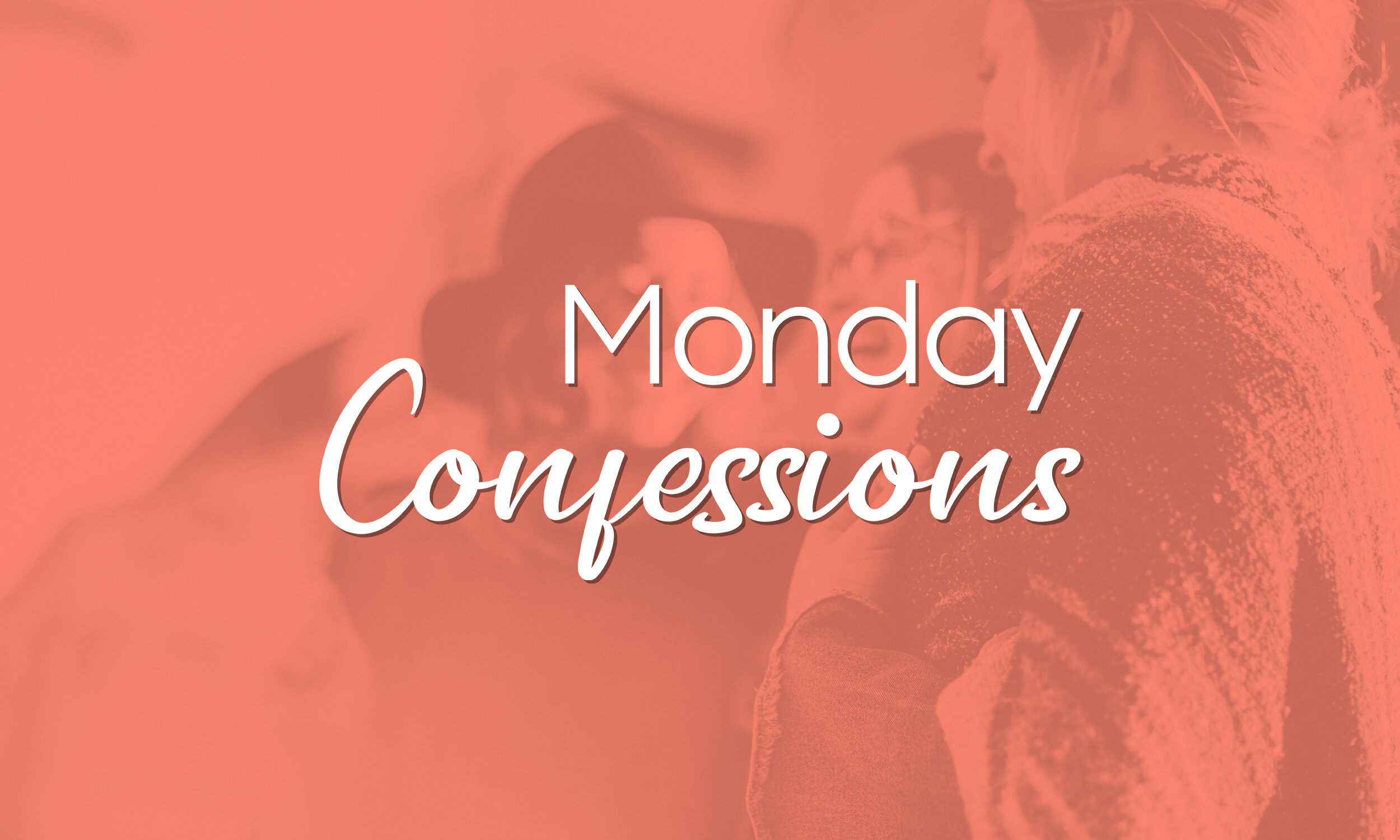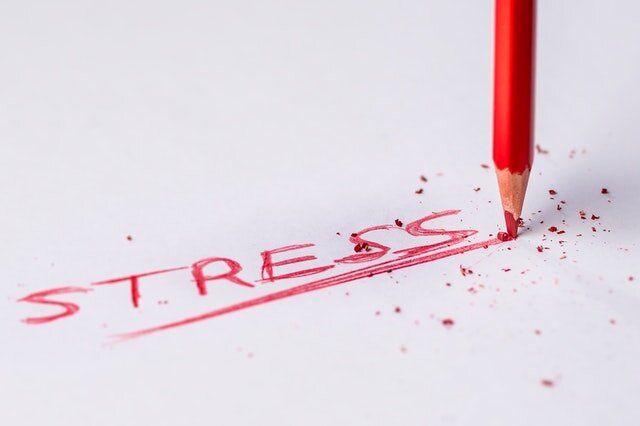My Anxiety Before Midlife and Menopause
I started going to therapy after college. In my earlier sessions I recall my therapist mentioning the phrase high functioning anxiety disorder, but I dismissed it. A disorder? Me? That would mean I was broken or had some sort of mental health defect. Nope. I was perfectly fine - albeit a few unresolved issues like family dynamics, trust, and self-esteem.
I refer to my first near decade of off-and-on therapy as my validation years. Then, there was a lot of dictating the story of my childhood. I wasn’t interested in exploring my own quirks. What I needed was someone to believe me, confirm I wasn’t crazy, and tell me I turned out okay as an adult.
Admitting I had an anxiety disorder would mean I was broken or had some sort of mental health defect.
Looking back, I see so many red flags and anxiety tics though. My grandma used to call me a worry-wart. According to her I was notorious for worrying 7 days before it rains. She even gave me a pouch of legendary indigenous Guatemalan Worry Dolls when I was 8 or 9.
“Tell each doll one of your worries and let her carry your burden for a while…”
I tried, but I don’t recall them working much.
In college my vocal coach would spend entire sessions on diaphragmatic breathing.
“I’m surprised you haven’t hyperventilated yet,” she’d say.
Insecure and full of shame for all the lessons I felt she’d wasted with me, I was surprised she hadn’t requested to transfer me to a different coach altogether.
My idea of normal problem-solving was obsessing over preliminary and past events I couldn’t change or predict.
After I graduated, I spent a good part of my 20s lying in bed focusing on a new worry, a new code of panic to decipher before I’d let myself drift off into slumber. Persistent and excessive anxiety and worry about preliminary and past events — even ordinary, routine ones - was my idea of normal problem solving and self-preservation. It was my belief that by doing so, I was remaining in complete control of otherwise uncontrollable circumstances.
Then marriage and kids came along and a new level of nervousness and restless tension settled in. My husband and I met a new therapist in our mountain town and would pop in to see her for an annual tune up together, but I’d also see her myself for periodic motherhood breakdowns:
What am I doing wrong?
Why don’t the kids listen?
Will I ever sleep again?
And how come every other mom seems to have it together?
Unwinding anxiety pre-midlife was exhausting, but at least it felt manageable. I had people in my life I could relate to, people who understood the pains I was experiencing:
Endless bouts of self-criticism
Unsolicited advice from the childless or empty nesters
Social media snapshots of picture perfect everything
Articles about what I was doing wrong, and even if I was actually doing something right, there was still an even better way
I’d snap out of my funk and be back to normal again. Jovially, I’d call these stints of dysfunction my adventures with anxiety.
And if the guilt wasn’t suffocating enough, let’s not forget the insecurities of living up to the standards of others. Sometimes endless positivities can become an equal detriment too; particularly the eternal optimism of just how wonderful and great and awesome every part of parenting was and should be.
Clearly, I was missing the mark.
As the years passed, my anxiety crept up, but still, I felt able to cope. A few nights of solid sleep, a few words of encouragement from a friend, and BAM! I’d snap out of my funk and be back to normal again. Jovially, I’d call these stints of dysfunction my adventures with anxiety.
Before perimenopause I used to do everything with conviction and an unhealthy dose of worry and panic, but I still did it. Now, there’s the addition of kids…
And in many ways, pre-midlife anxiety was an adventure:
I moved - a lot
I worked - in a variety of fields, hard, and a lot.
And I laughed and experimented and traveled and lived adventurously.
I did anything and everything with conviction and an unhealthy dose of worry and panic, but I still did it. Only change after having kids was that it slowed down the process and forced me to see the details.
Sure, anxiety before midlife and menopause was rough, but I also used to be able to ignore it and bounce back in the game.
Not so much anymore.
Since hormonal imbalances and perimenopause entered my world, ignoring anything seems impossible. The fine print of every person, place, or thing is amplified to the largest font.
It should come as no surprise then that my anxiety adventure has come to a screeching halt and my menopause rhapsody has taken the reigns.
Anxiety during midlife and menopause is an entirely different animal. But do you want to know the most terrifying yet fascinating part about it?
According to older, more saged women I’ve talked to about this, I’ve barely left the starting line…
Share this:






